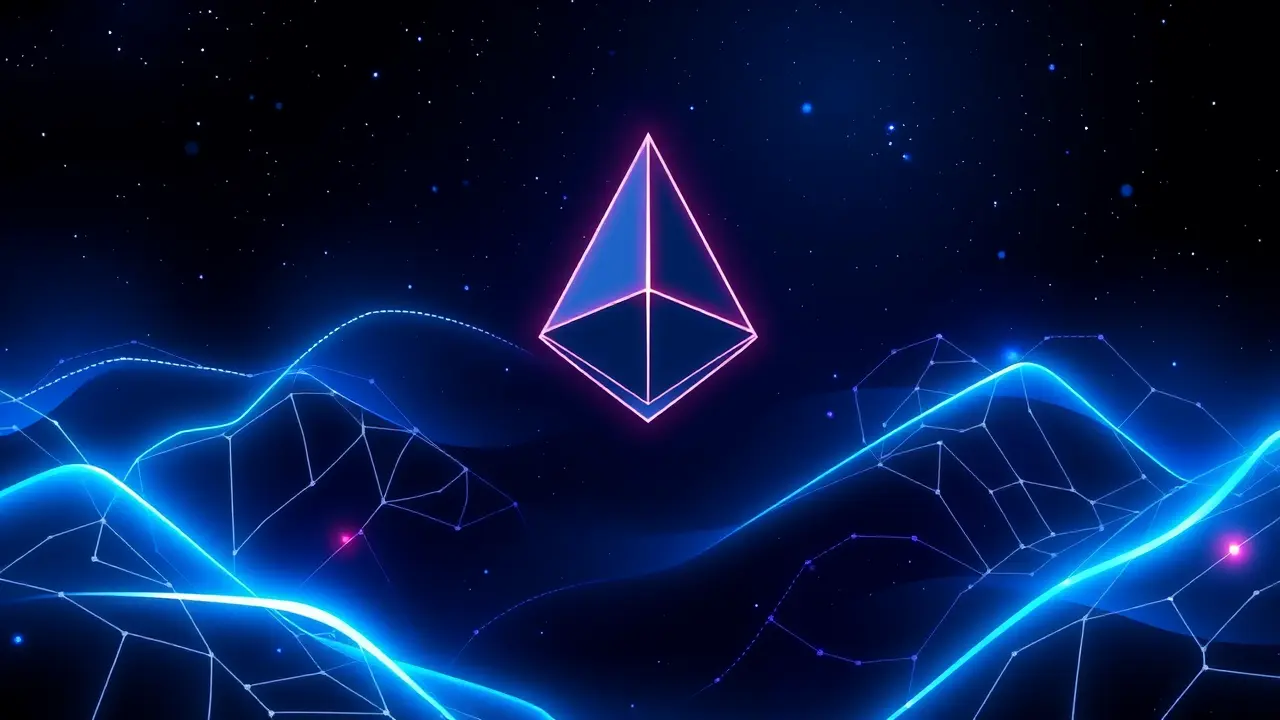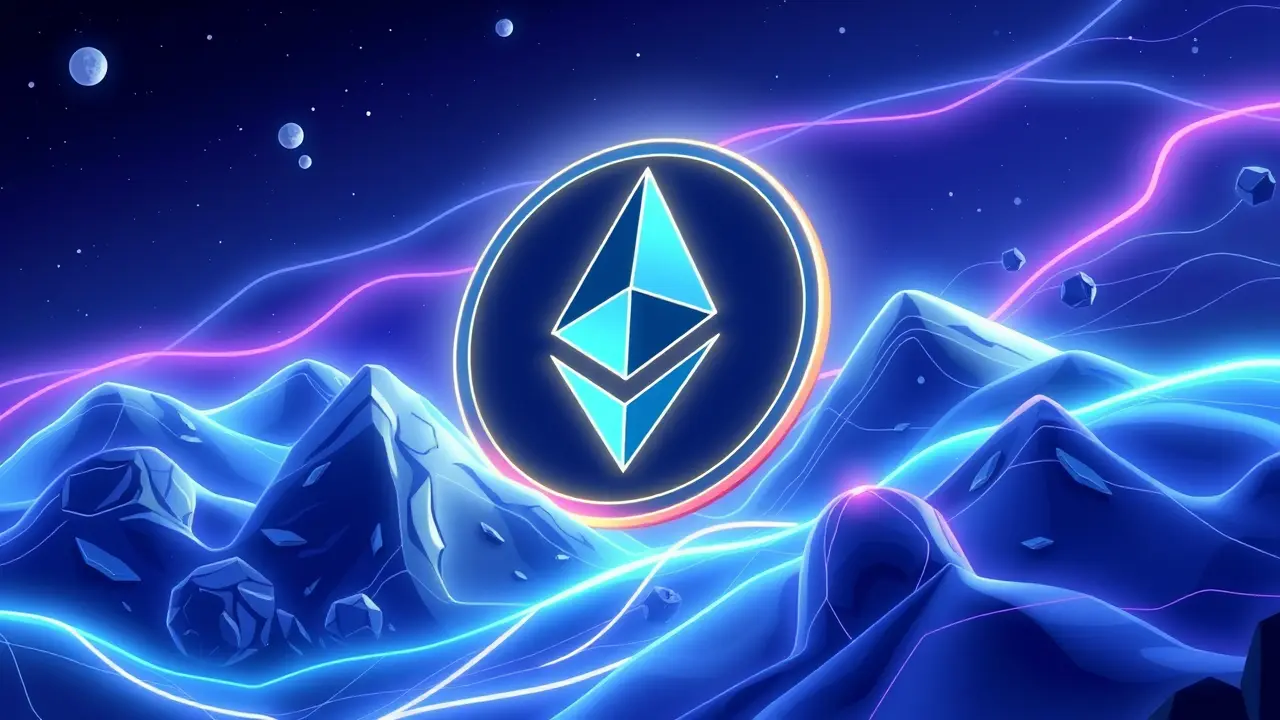
Cryptolayer-2Starknet
StarkWare deploys S-two prover on Starknet to boost speed, privacy and decentralization
AL
Alice Morgan
13 hours ago7 min read
In a move that feels less like a routine upgrade and more like a fundamental shift in the network's DNA, StarkWare has successfully deployed its new S-two prover on the Starknet mainnet, a development that promises to reverberate far beyond the immediate ecosystem. For those of us who have been charting the tumultuous journey of Layer 2 scaling, this isn't just another technical bulletin; it's the culmination of years of research and a decisive step toward realizing the full, decentralized potential of the Ethereum vision that Vitalik Buterin and others first articulated.The S-two prover, the cryptographic engine at the heart of Starknet's zero-knowledge rollup architecture, is being hailed as a generational leap. Its primary boast is a dramatic reduction in proving time and cost, effectively slashing the latency and financial overhead for developers and users alike.Imagine a highway where tolls have been cut by half and the speed limit doubled overnight—that's the kind of infrastructural improvement we're talking about. But the implications run deeper than mere efficiency.This enhanced speed and lower cost are the prerequisites for a more vibrant and complex on-chain world, enabling everything from high-frequency DeFi applications to intricate, fully on-chain games that were previously hamstrung by prohibitive gas fees. Furthermore, the S-two prover introduces significant advancements in privacy, a frontier where Ethereum has often faced challenges.While not fully private by default, the new cryptographic underpinnings open the door for more sophisticated privacy-preserving applications, allowing developers to build features where specific transaction details can be shielded without compromising the overall security and verifiability of the chain. This is a crucial step in moving beyond the transparent-but-exposed nature of most current DeFi protocols, offering a middle ground that could attract a new wave of institutional and privacy-conscious users.Perhaps the most philosophically resonant aspect of this deployment is its role in Starknet's meticulously planned decentralization roadmap. A faster, more efficient prover is a key piece of the puzzle in enabling a future where the proving process itself—the computationally intensive task of generating validity proofs—can be distributed among a decentralized network of participants, rather than being centralized with a single entity.This moves Starknet closer to the holy grail of becoming a credibly neutral and trust-minimized protocol, a community-owned utility rather than a company-operated service. The journey here hasn't been without its skeptics; the complexity of zk-STARKs has often been a barrier to entry and understanding.Yet, with this deployment, StarkWare is demonstrating that this complexity can be abstracted away, delivering a tangible, user-facing benefit that makes the ecosystem more accessible. It's a powerful rebuttal to the notion that scaling solutions must compromise on security or decentralization.As we look to the future, the successful integration of the S-two prover sets a new competitive benchmark for other Layer 2s and even for Ethereum's own native roadmap. It underscores that the race for scalability is evolving into a multi-front war, where raw throughput, cost, user experience, and philosophical commitment to decentralization are all critical battlegrounds. For the builders and believers within the Starknet ecosystem, this is more than an upgrade; it's the foundation upon which the next generation of decentralized applications will be built, finally bringing the scale, privacy, and community governance that the crypto space has been promising for years.
#featured
#StarkWare
#S-two prover
#Starknet upgrade
#decentralization
#lower costs
#reduced latency
Stay Informed. Act Smarter.
Get weekly highlights, major headlines, and expert insights — then put your knowledge to work in our live prediction markets.
Related News
© 2025 Outpoll Service LTD. All rights reserved.


